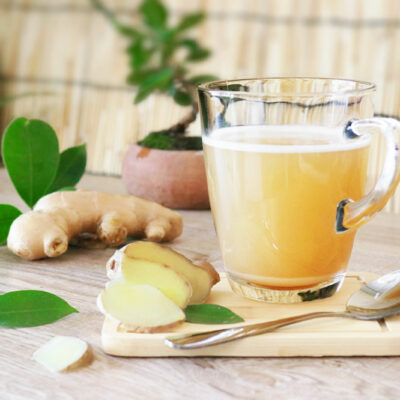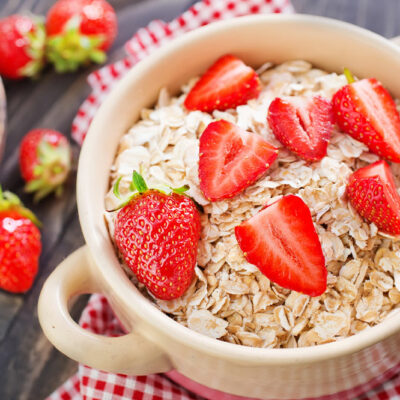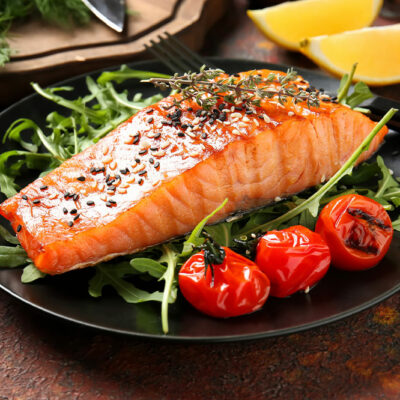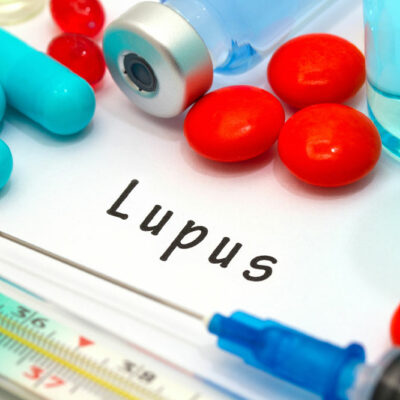
health
Top 8 foods that boost the immune system
If your body recovered within a week from a common cold or fever the last time you fell ill, you have your immune system to thank. The immune system comprises cells, organs, and tissues, which together protect the body from microorganisms that can cause diseases. These components are inseparably linked to ensure physical well-being and strength. Further, certain foods can significantly boost the immune system function, increasing the body’s resilience to health conditions. Spinach Spinach is a powerhouse of essential nutrients, including beta-carotene, lutein, zeaxanthin, magnesium, iron, and vitamins C and E. The nutrients protect the body against diseases like anemia, macular degeneration, heart problems, and certain types of cancer. Blueberries Blueberries are rich in flavonoids, an antioxidant that boosts the immune system and reduces cell damage. The berries are also packed with vitamins A and C, manganese, potassium, and fiber, which are essential for overall physical health. Garlic Garlic contains high levels of sulfur, helping fight colds and flu. It is also known to lower blood pressure levels and prevent cholesterol and certain types of cancer. Its antibiotic properties protect the body against disease-causing fungi, bacteria, and viruses. Greek yogurt Greek yogurt contains iodine, vitamin A, vitamin B12, calcium, and probiotics, which aid digestion and work wonders for the immune system.




















